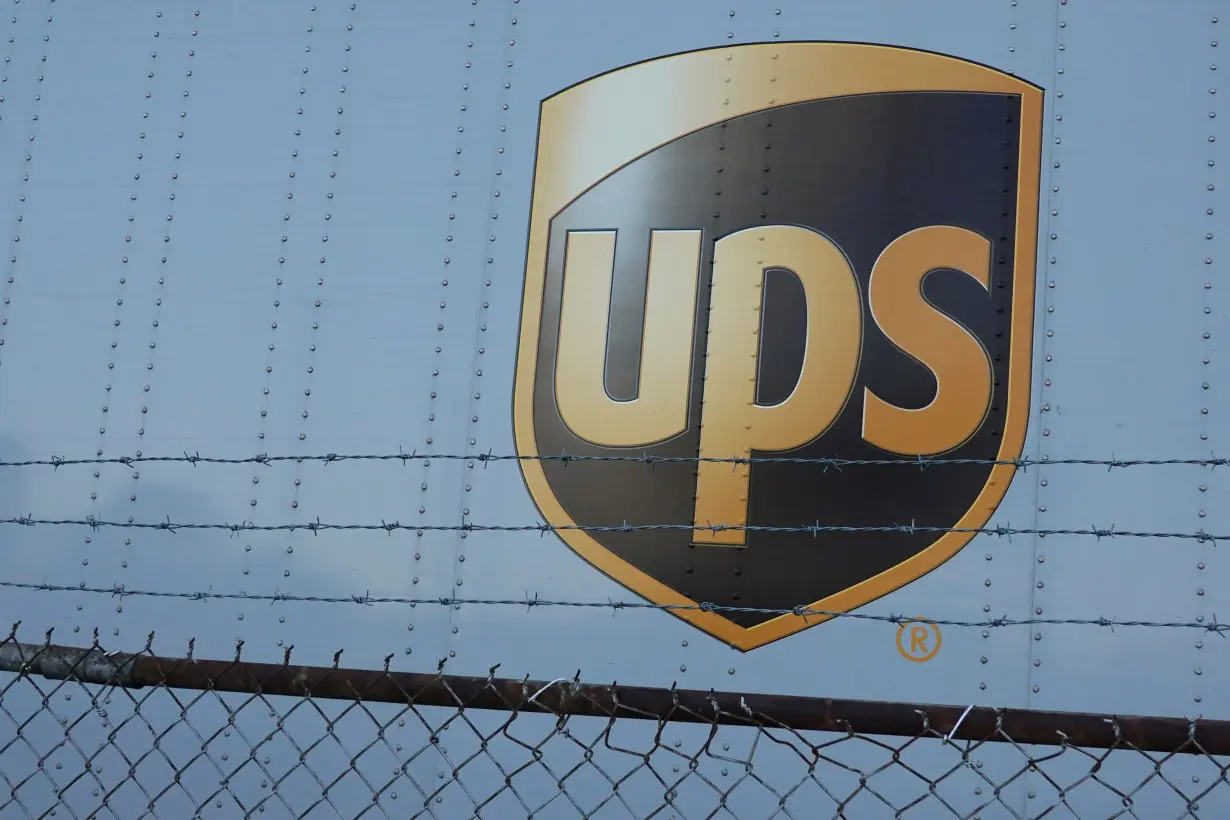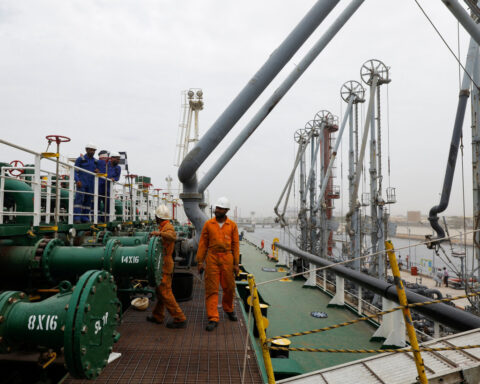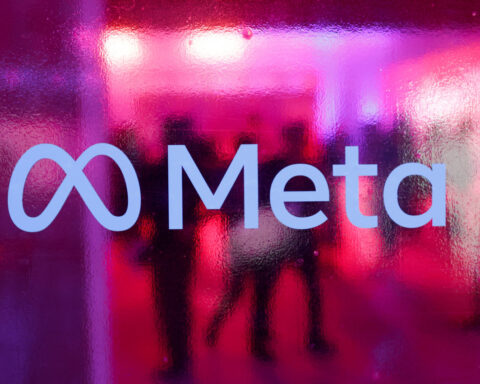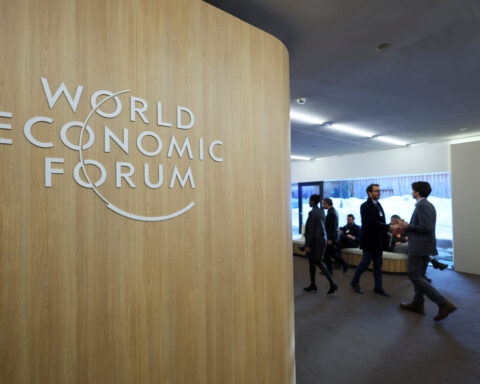By Lisa Baertlein and Priyamvada C
(Reuters) - United Parcel Service (UPS) cut its 2023 revenue forecast for the second straight quarter on Thursday as delivery demand continued to soften ahead of the key holiday season, sending its shares down 5% in early trading.
The world's biggest package delivery firm is caught in a profit squeeze as it also battles to win back business lost during this summer's tumultuous U.S. labor talks, and to offset higher costs from a five-year labor deal covering 340,000 Teamsters-represented workers in the United States.
"We expected conditions in the third quarter to be challenging, and they were," CEO Carol Tome said on a conference call with analysts.
The company, seen as a bellwether for the U.S. economy, said it now expects full-year revenue of between $91.3 billion and $92.3 billion, down from its prior forecast of around $93 billion.
On the profitability front, UPS cut its forecast for annual adjusted operating margin to between 10.8% and 11.3%, against 11.8% previously.
Some of that margin pressure came from customers shifting to less lucrative ground-based delivery from faster and more profitable air-based services. Amazon.com, the biggest UPS delivery user, is leading that trend, executives said.
The entire package delivery industry is fighting for market share as the pool of potential e-commerce deliveries shrinks. Reuters reported earlier this month that UPS and its rivals for the first time in years have been using discounts and other incentives to maintain and win market share.
UPS thus far has recouped 600,000 average daily packages of the 1.5 million that shifted to rivals as its Teamsters-represented workers threatened to strike this summer. Amazon accounted for half of that regained business, executives said.
The Atlanta-based company this quarter will spend more than $1 billion on healthcare specialist MNX Global Logistics and returns specialist Happy Returns to bolster package volumes, CEO Tome said.
Meanwhile, UPS has also been cutting jobs, parking planes and leaning on technology to help offset falling e-commerce demand, weak export and industrial production and the cost hit from its new labor contract.
The company posted an adjusted profit per share of $1.57 in the quarter through September, compared with an average analysts estimate of $1.52, as per LSEG data.
Shares of rival FedEx also fell and were down about 3% in early trade.
(Reporting by Priyamvada C and Lisa Baertlein; Editing by Arun Koyyur and David Holmes)

 Germany sees meat exports to EU continuing after foot-and-mouth case
Germany sees meat exports to EU continuing after foot-and-mouth case
 Parliament speaker to lead Taiwan delegation to Trump's inauguration
Parliament speaker to lead Taiwan delegation to Trump's inauguration
 German economy contracted 0.2% in 2024
German economy contracted 0.2% in 2024
 Middle East latest: Palestinian prime minister says Palestinian Authority should run Gaza in future
Middle East latest: Palestinian prime minister says Palestinian Authority should run Gaza in future
 Nokia signs multi-year patent license agreement with Samsung
Nokia signs multi-year patent license agreement with Samsung
 Irish parties secure 'comfortable majority' for new government
Irish parties secure 'comfortable majority' for new government
 Bayern Munich signs US youngster Bajung Darboe from LAFC
Bayern Munich signs US youngster Bajung Darboe from LAFC
 Novak Djokovic breaks a tie with Roger Federer for the most Grand Slam matches in tennis history
Novak Djokovic breaks a tie with Roger Federer for the most Grand Slam matches in tennis history
 China's RedNote: what you need to know about the app TikTok users are flocking to
China's RedNote: what you need to know about the app TikTok users are flocking to








